
🧬 How PET Scans Work: A Molecular Level Breakdown
Understand how PET scans visualize molecular activity in the body using positron emission and photon detection. High-yield for MCAT, NCLEX, and med prep.

💡 Hormone Types That Affect Mood and Stress Response
Discover how key hormones — including sex hormones, stress hormones, thyroid hormones, and oxytocin — influence mood, stress response, and emotional balance. Learn their physiological roles and connections to mental health.

🧠 Hirschsprung Disease: Normal vs. Affected Colon Anatomy
Compare normal vs Hirschsprung-affected colon anatomy. Learn how aganglionosis causes megacolon, key signs, diagnostics, and MCAT/NCLEX high-yield tips.

🩺 HMWH vs LMWH: The Cleanest Way to Remember Heparins
Compare unfractionated heparin and LMWH: targets (Xa vs IIa), aPTT vs anti-Xa, protamine reversal, renal dosing, and HIT risk. High-yield for MCAT & NCLEX.

🧠 Hepatic Circulation Pathway — What Flows Where
Understand portal triad to central vein flow, sinusoids, stellate & Kupffer cells, and zone 1–3 injury patterns. High-yield for MCAT & NCLEX.

🩸 Hemolysis — What It Is, Why It Happens, and How to Spot It
Understand intravascular vs extravascular hemolysis. Key labs, causes, and buzzwords for MCAT & NCLEX, plus a quick comparison table and KOTC visuals.

🏠💸 The House Money Effect: Why “Winning” Makes Us Riskier
Master the House Money Effect for MCAT Psych/Soc. See why people take bigger risks with recent gains and how it differs from break-even and sunk cost biases.

🧬 G1-S Phase Regulation: The Cell Cycle’s Master Checkpoint
Learn G1-S phase regulation for MCAT & NCLEX. Understand p53, p21, Cyclin D/CDK4, Rb, and E2F in cell cycle control and cancer biology.

👀 Frontal Eye Fields & Horizontal Gaze — A High-Yield Guide (MCAT/NCLEX)
Master frontal eye fields and horizontal gaze pathways for MCAT/NCLEX. Learn FEF → PPRF → VI nucleus → MLF → III, plus INO and classic lesion patterns.
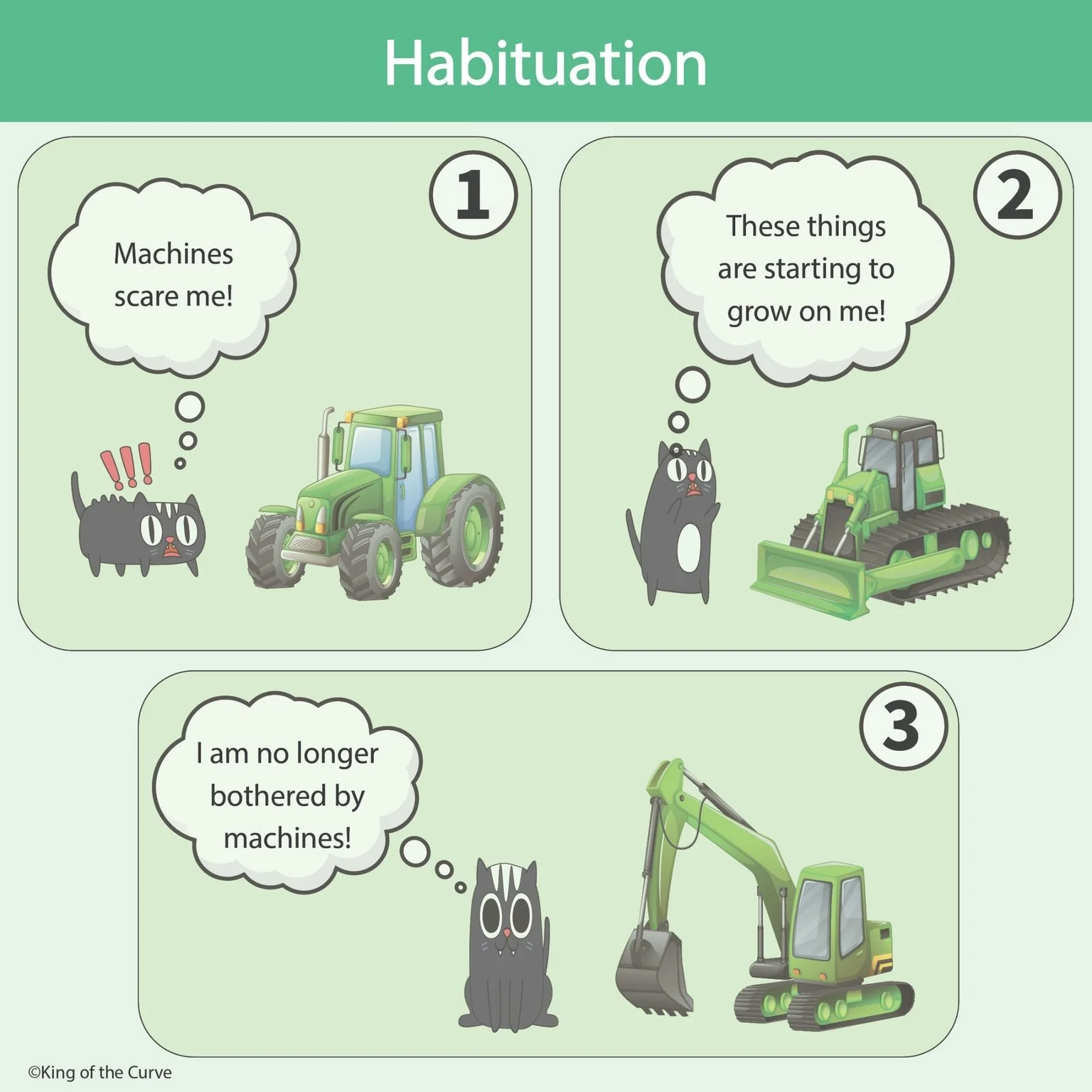
🐾 Habituation: Getting Used to a Stimulus (MCAT/NCLEX High-Yield)
Understand habituation for the MCAT & NCLEX. Learn how responses decrease with repeated exposure, with KOTC visuals and practice examples.
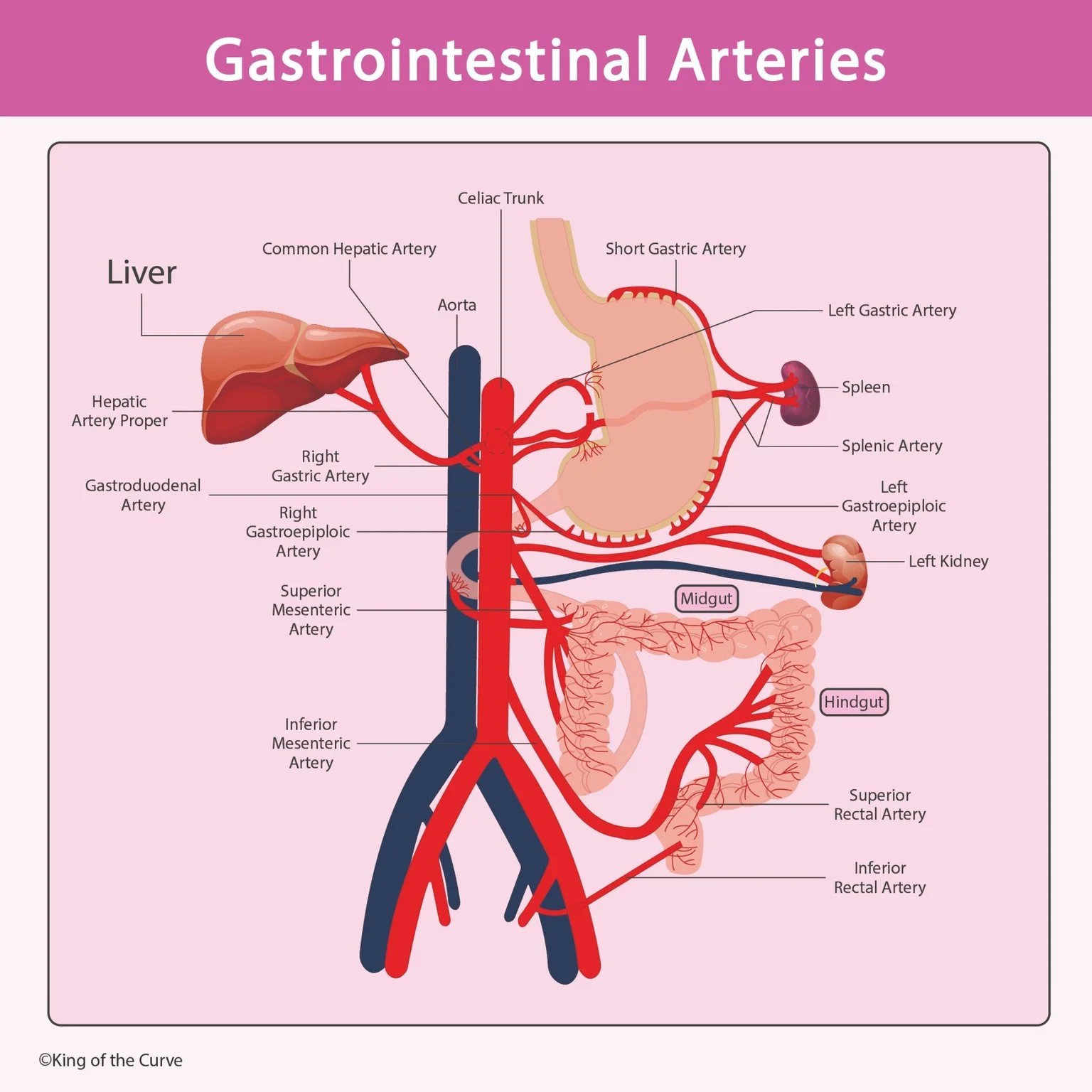
🩸 Gastrointestinal Arteries: High-Yield Anatomy for the MCAT & NCLEX
Master GI blood supply for the MCAT & NCLEX. Learn the celiac trunk, SMA, IMA, watershed zones, and ischemia risk with KOTC visuals.

♟️ Game Theory: Strategic Thinking for the MCAT & Beyond
Learn Game Theory for the MCAT. Explore models like Prisoner’s Dilemma, zero-sum, non-zero-sum, and evolutionary game theory with KOTC visuals.

📘 Gallstone Pancreatitis: From Cholelithiasis to Cholangitis (MCAT & NCLEX Guide)
Learn gallstone pancreatitis progression from cholelithiasis to cholangitis. High-yield guide with visuals, symptoms, labs, and MCAT/NCLEX tips.

📘 Fundamental Attribution Error (FAE): Ace It on the MCAT Psych/Soc
Master the Fundamental Attribution Error for MCAT Psych/Soc. See examples, compare related biases, and learn quick recognition tips with a KOTC visual.
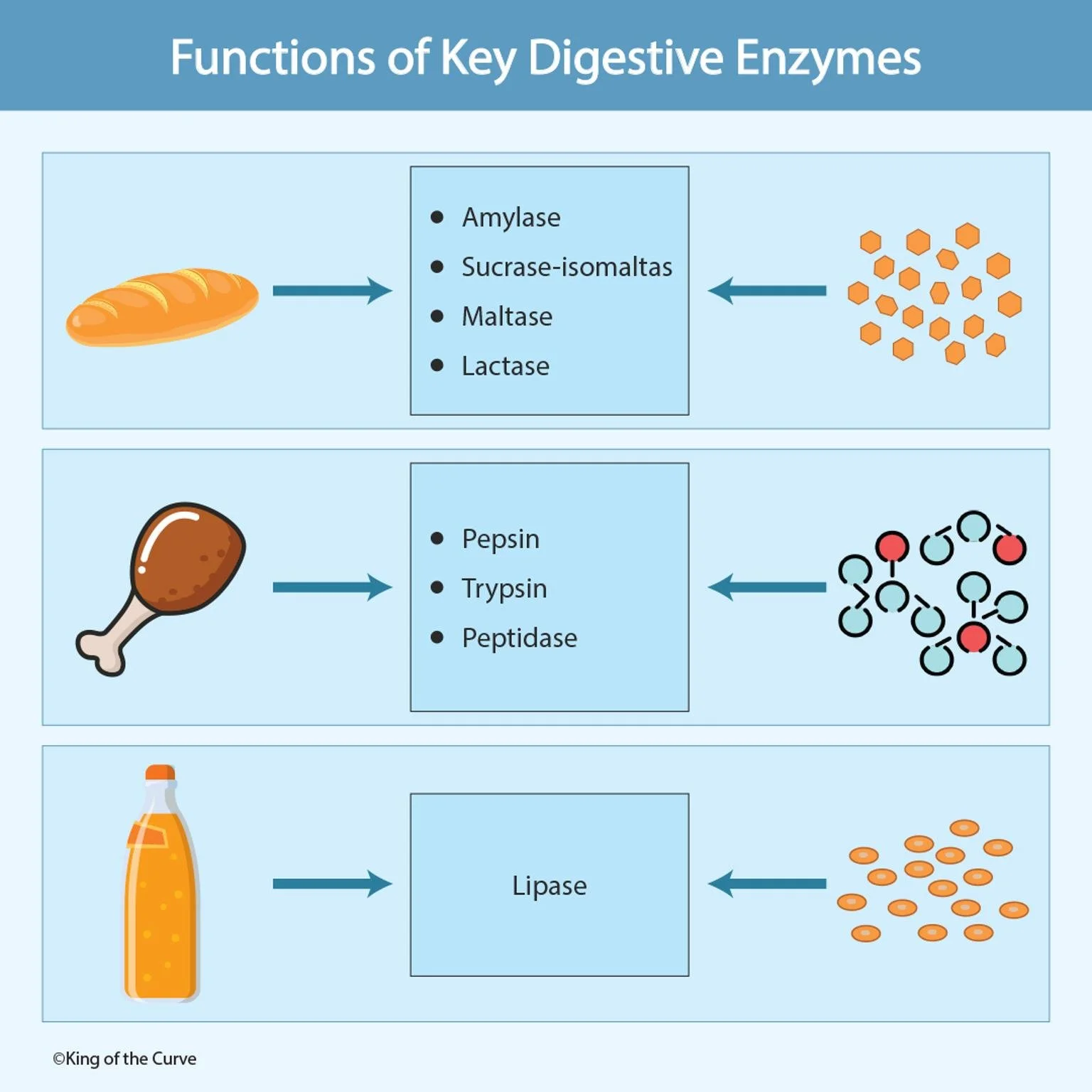
📘 Digestive Enzymes Decoded: Carbs, Proteins & Fats for the MCAT (and NCLEX)
Learn the functions of key digestive enzymes for MCAT and NCLEX prep. Visual summary of amylase, lactase, pepsin, trypsin, lipase, and more.

📘 Functionalist Theory Explained: A Key Sociology Concept for the MCAT
Learn Functionalist Theory for the MCAT. See how education, family, religion, economy, and government maintain social stability—with visuals and test tips.

🐞 Founder Effect: Small Beginnings, Big Genetic Changes
Learn about the Founder Effect in genetics, how small populations create big genetic changes, real-world human and animal examples, and its role in evolution and conservation.
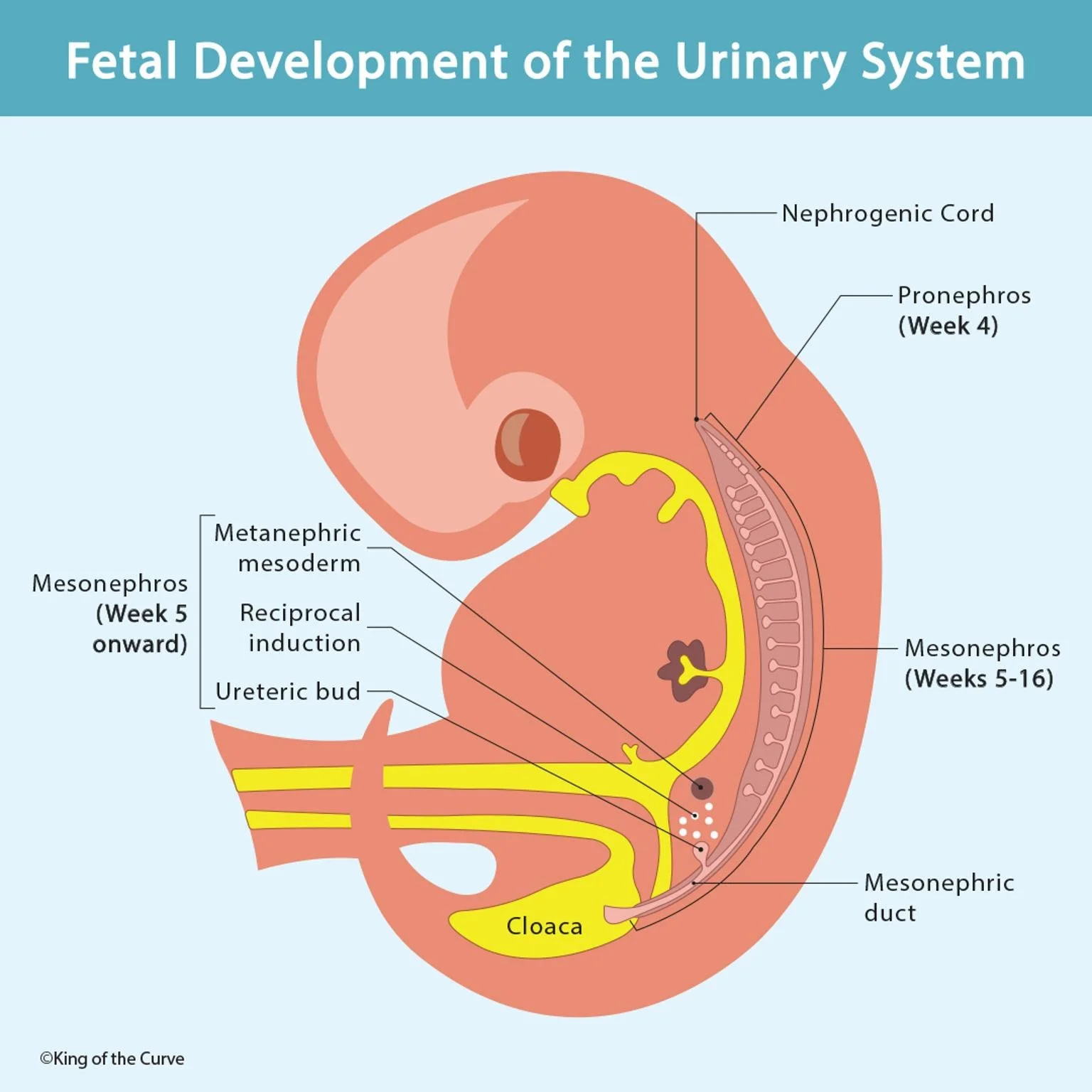
🔹 Fetal Development of the Urinary System
Learn about fetal urinary system development: pronephros, mesonephros, and metanephros. Understand stages, functions, and clinical relevance.
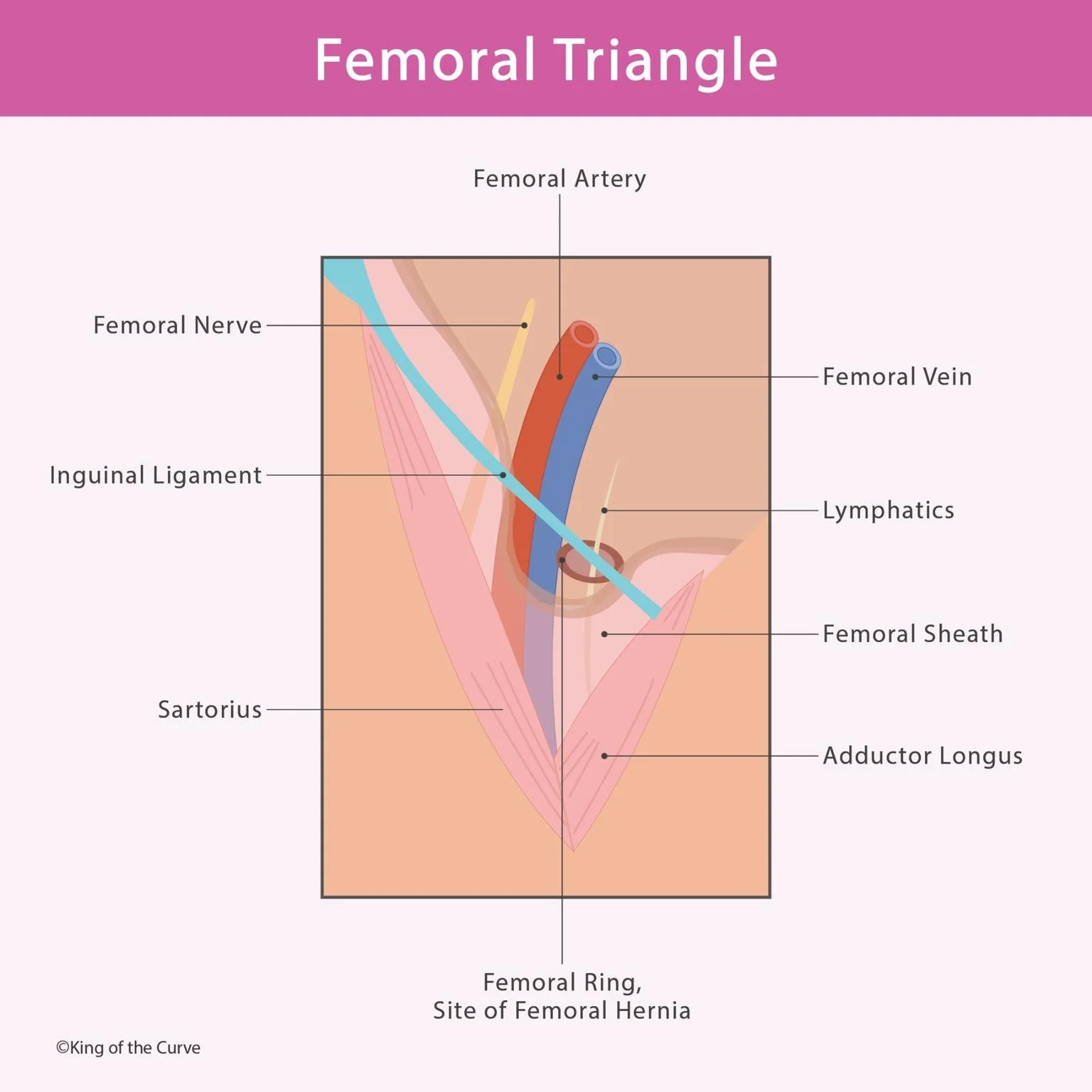
🦵 Femoral Triangle: Anatomy and Clinical Relevance
Learn the anatomy of the femoral triangle using the NAVEL mnemonic (Nerve, Artery, Vein, Empty space, Lymphatics). Key for exams & clinical practice.
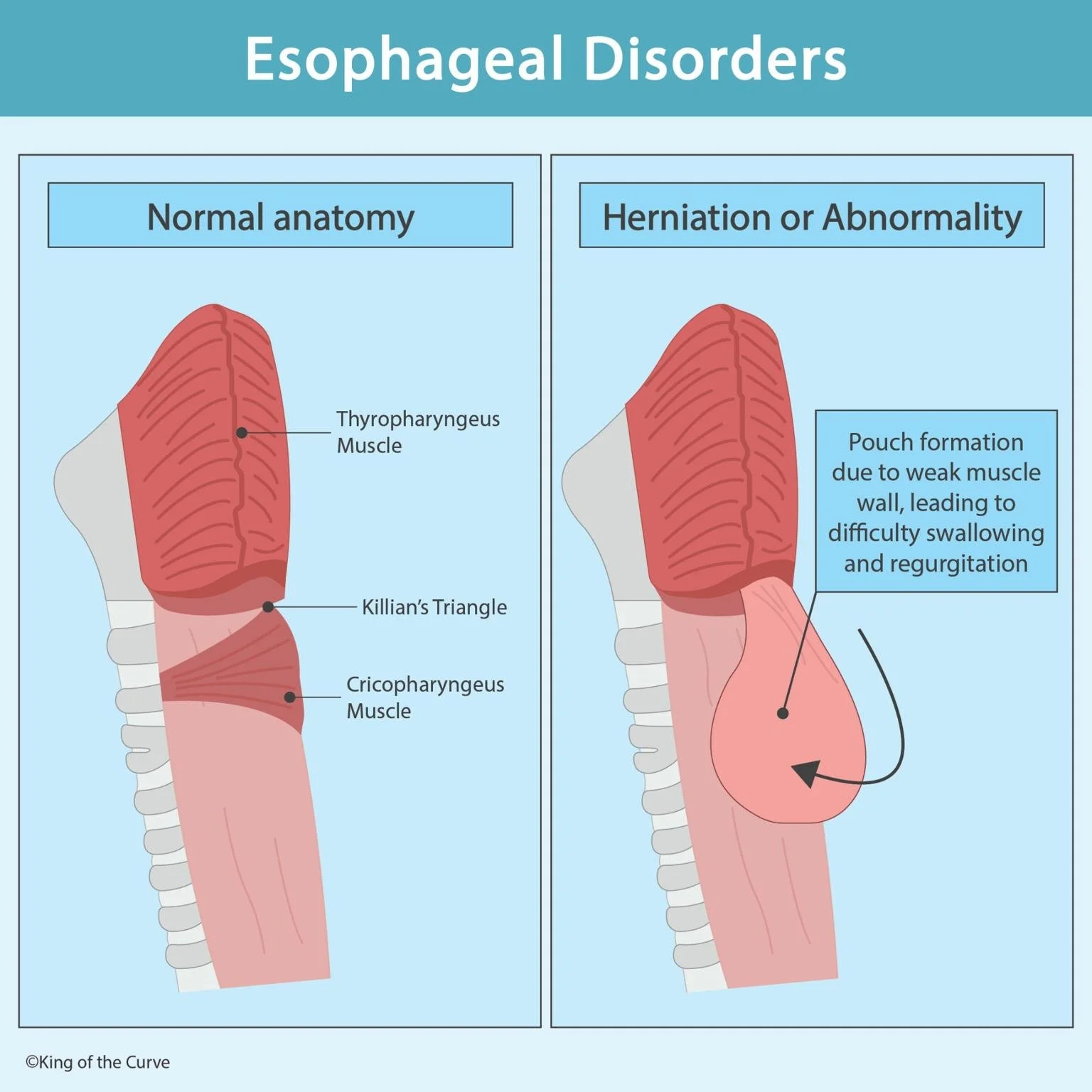
🔹 Esophageal Disorders: Anatomy and Abnormalities
Learn about esophageal disorders with a clear comparison between normal anatomy and abnormalities such as diverticula. Understand causes, symptoms, and medical concerns in easy-to-follow visuals.
